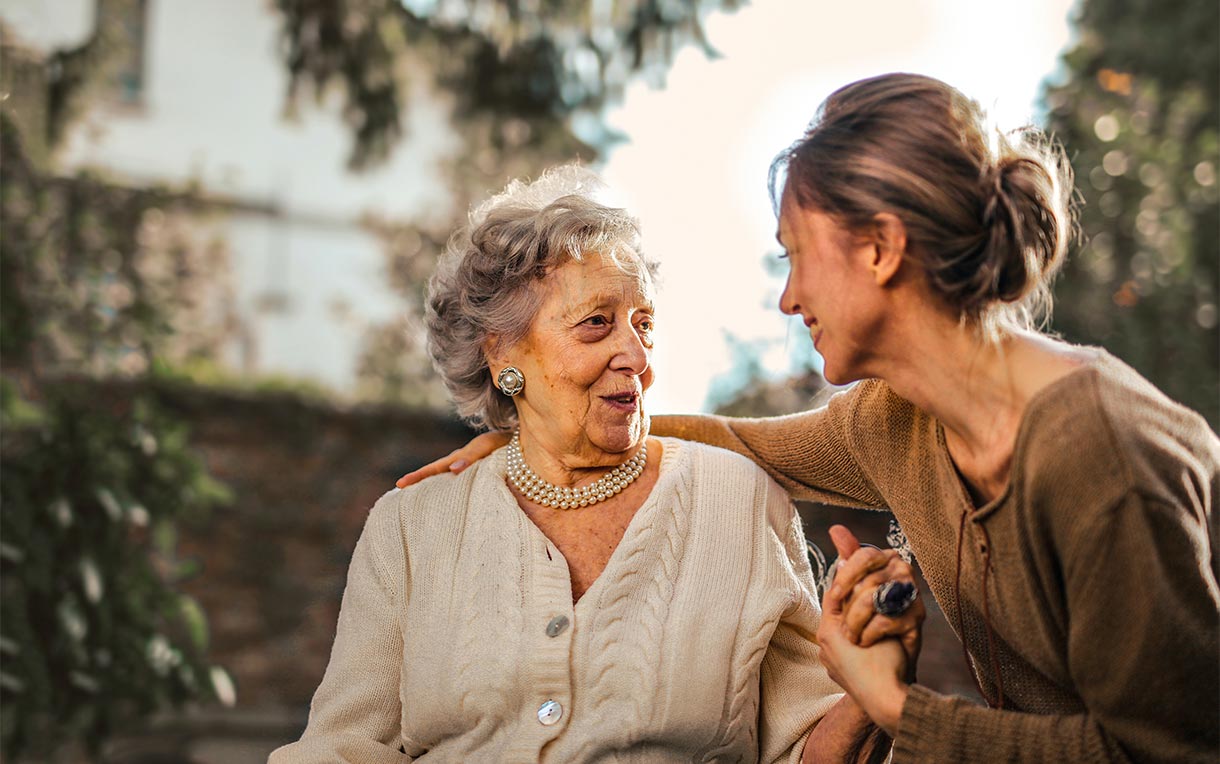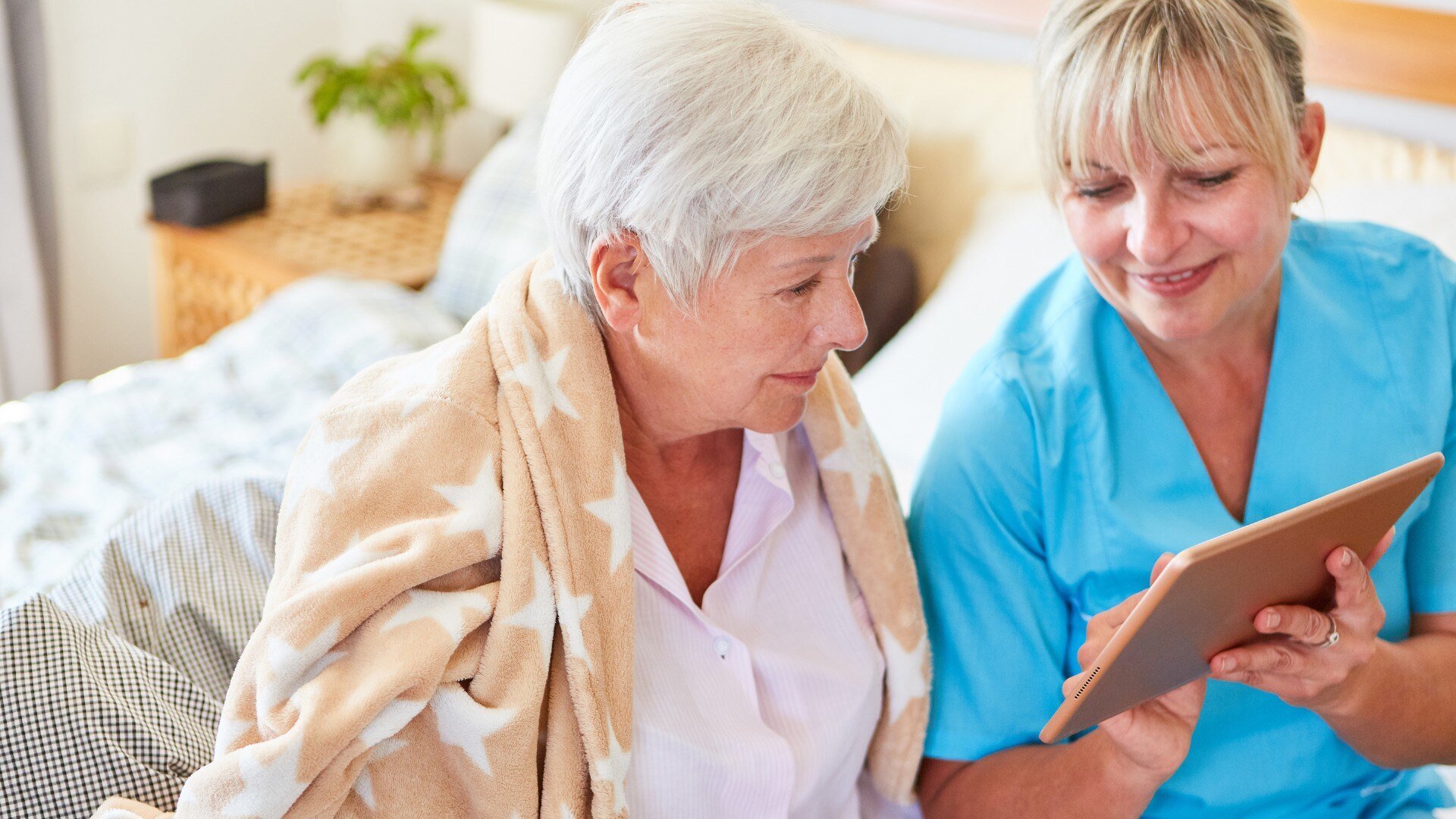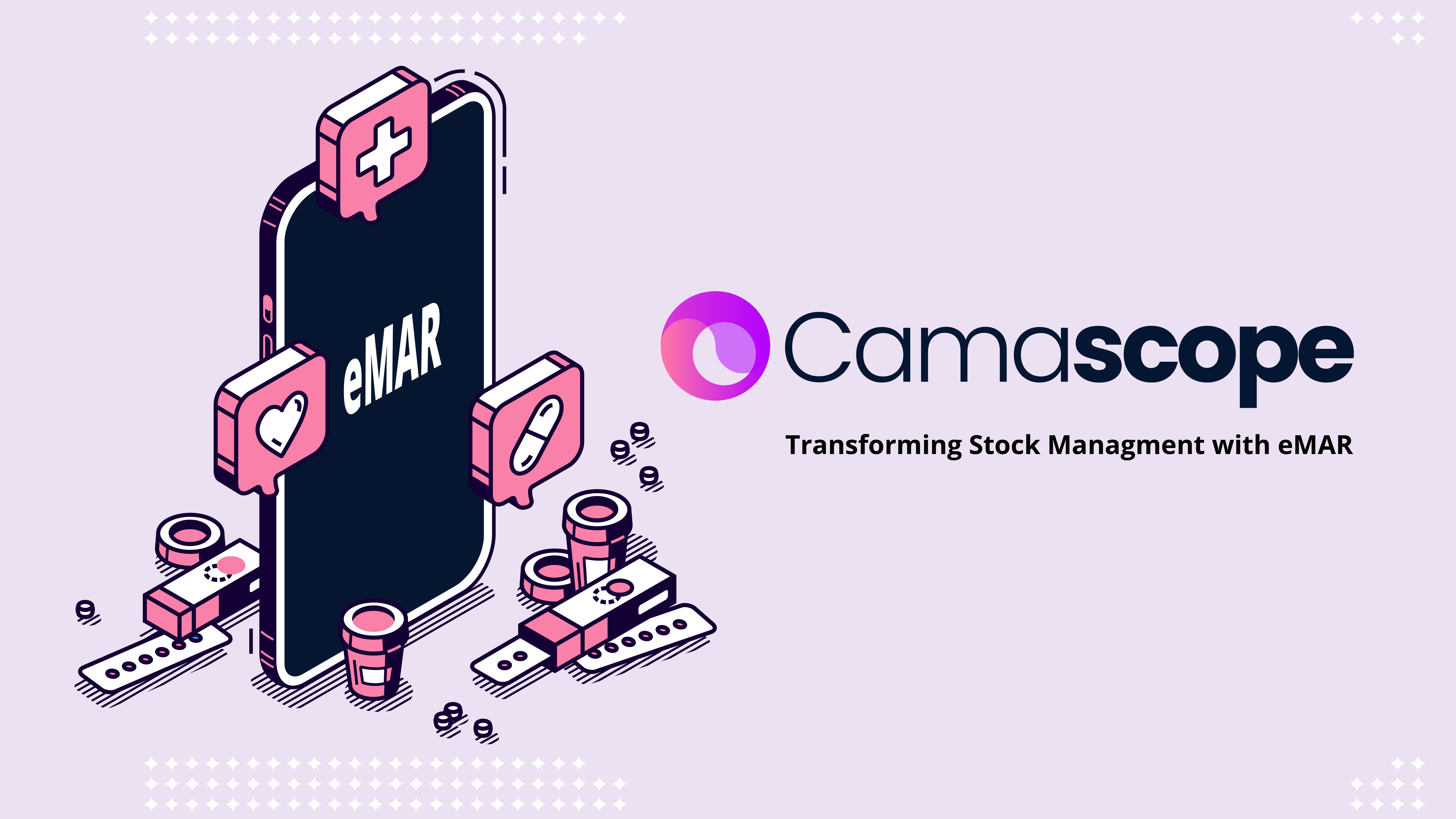Remote monitoring can transform the way clinicians deliver care to patients, but its success relies on the simplicity of a system and a patient having a positive experience with the solution. Uncomfortable or complicated monitoring devices are unpleasant for the patient and unlikely to yield good results for the clinician. In this article, we’ll discuss the patient experience of remote monitoring and the importance of comfort to aid compliance.
How important is patient comfort in remote monitoring?
The concept of remote monitoring has been around for some time, but the execution has not always been effective. Monitoring devices have been cumbersome, and the flow of data has not been efficient or useful enough for clinicians. Data overload can often mean that clinicians have a difficult time cutting through the noise.
From a patient perspective, if a healthcare intervention is inconvenient or uncomfortable, their engagement will very quickly drop off. Inconsistent and incomplete healthcare readings can create issues when assessing a patient’s health.
To put it simply, for remote monitoring to work, patient comfort must be a priority.
Our solution
For this reason, at Camascope (formerly named Camascope), we designed our Precision Monitoring product with a patient’s experience at the centre, as the most important element of an effective Remote Monitoring product is patient engagement.
The Camascope Precision Monitoring system has been created to record full patient context and communicate this information to healthcare providers at the right moment.
As well as reporting clinical observations, such as temperature, heart rate, SpO2, and respiratory rate, the system can log other elements of a patient’s healthcare context such as medicine adherence and custom surveys relating to wellbeing or nutrition. This allows clinicians to have a full view of a patient’s health and see medicine adherence alongside physiological inputs.
But how does the Camascope Precision Monitoring system work for patients?
Easy to use
The Precision Monitoring device is designed to work straight out of the box for a patient and is fully pre-programmed, with no need for input from the patient. It’s small enough to fit through a letterbox so it can be delivered by post.
The device is fitted with a long-life battery that lasts for up to 10 days and takes only 1-2 hours to charge fully. A low-battery notification alerts the patient when the battery requires charging.
Patients can easily clean the Precision Monitoring device by wiping it with an antiseptic wipe when they remove it to charge the battery.
Comfortable to wear
The Precision Monitoring device has been designed with comfort in mind. The small, rectangular device is smaller than a credit card and weighs only 60 grams - about the same weight as a slice of bread.
It sits against the skin of the upper arm and is held in place by an adjustable strap with a Velcro fastening. A poor-contact alert warns the patient if the device is fitted incorrectly, and a clinician can see ‘low-confidence’ scores with respect to a reading logged with poor skin-contact.
The device itself is simple in design, with a pairing button for connecting to the Camascope application. There is an LED strip for alerting the patient when their risk score changes, and this information is visible via the Camascope application. All information is communicated in real-time to a patient’s clinical team.
It provides reassurance and promotes independence
Remote monitoring allows patients to be discharged home sooner following surgery or other medical intervention. Rather than staying in hospital for monitoring, they can return to the comfort of their own home to recover, reassured that they remain under the close monitoring of the clinical team. The ability for a patient to be able to visualise their own healthcare readings within the Camascope application also promotes better health education amongst patients.
The Precision Monitoring device features an embedded fall tracker to alert healthcare providers if a patient has fallen in the home, providing added reassurance for both patient and clinician
If a patient’s observations remain stable at home, they may not need to attend the hospital or GP surgery for routine appointments. Instead, the Camascope Precision Monitoring Virtual Ward Model can bring together the full multi-disciplinary team and the patient to discuss care via video calls.
Patients improve understanding of their condition
When remote monitoring is used to manage long term health conditions, the patient can learn to identify triggers and spot warning signs that their condition may be deteriorating.
Patients can always access their clinical readings via the Camascope app to help them further understand their physiological signs and have a common healthcare language when discussing their health with their clinical team. Studies suggest that the use of remote monitoring may reduce the need for acute care, particularly for some chronic conditions like COPD and cardiovascular disease.
It aids continuity of care
The Camascope Precision Monitoring system offers much more than clinical monitoring. The Virtual Ward Model allows the multidisciplinary team of specialists, consultants, GPs and pharmacists to come together remotely via video call. The patient can also attend online consultations or reviews to participate in discussions and receive joined-up care from all healthcare providers.
At Camascope, we use technology to improve healthcare delivery for clinicians and patients. If you want to know more about how you can use remote monitoring in your organisation, get in touch.







